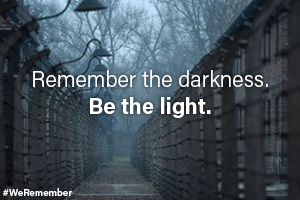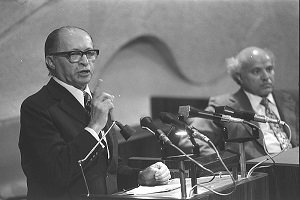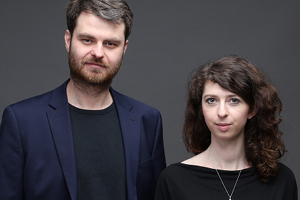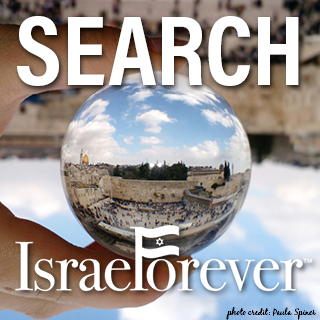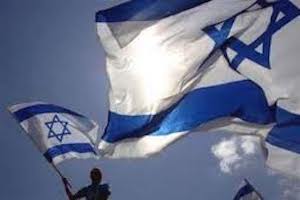Preserving Holocaust Memory Through Jewelry
By Dana Rogozinski
As a Jewish person, I was taught “Never Again” and “Never Forget” when it came to the Shoah. These two phrases have quickly turned into trending hashtags on social media. When I thought about these powerful words, I began asking myself...how? How am I going to never forget and how are we as a world going to ensure this will never happen again? How am I going to teach my children about our family history if the survivors in my family are no longer able to tell them?
I began researching how to remember the Shoah but was not satisfied with the results. All of the suggestions were good ones yet were within one's inner self or within the privacy of one's home. I wanted something that was out in the open, out where others can see it and be reminded to never forget the specificity of the Holocaust, and that the waves of Jew-hatred that made it possible must never be allowed to rise again. But again, the same question reverberated in my mind: HOW?
Yes, we should support the Holocaust museums around the world, and yes, we should talk to as many survivors as we can before time runs out. But how can we focus on reaching those who don’t think that the suffering of what they believe is just “Jewish memory” a priority? Or those who don’t even understand the need to never forget because they equate the Holocaust with other persecutions, ignoring the lessons of this monstrous event in human history for ALL people to learn from?
It started me thinking about everyday objects that spark conversation - the types of conversations that made my own grandparents share a memory or story - wallet-sized pictures, special mementos, jewelry. I thought about modern items put the message front and center: clothing with wording, memes, jewelry. Jewelry kept coming back to me as something of unique and precious value as a conversation piece.
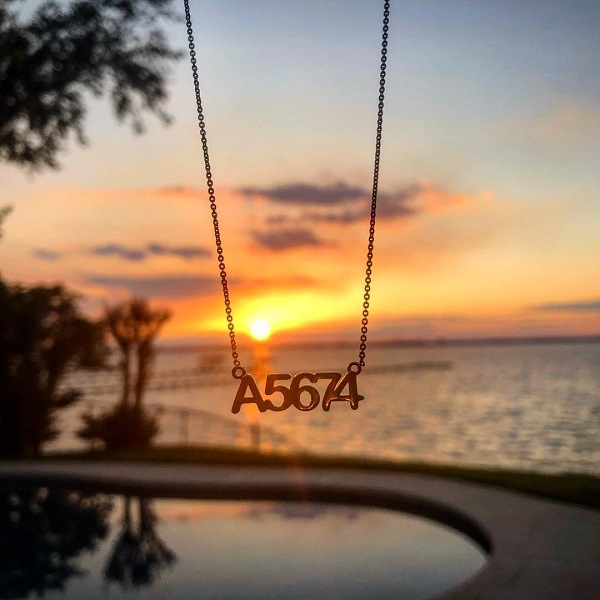
Jakob Ella Jewelry
If you ask any person, where they got their piece of earrings, necklace, watch, most will have a story to share. They will not only tell you the person or place they got it but they will often add something special about the person or significance behind it. For me, all of the jewelry I owned up to this point in my life was given to me by someone special for something special. My 1st birthday, my Bat Mitzvah, my confirmation, High School graduation, Graduate School graduation, etc. All carry a special story, and every day I have something to wear that initiates conversation about my family and the history that I hold so close to my heart.
From there, I felt as if I was on to something that just might touch the hearts of others.
My grandparents are both survivors of the Shoah: Auschwitz and Gross-Rosen to be exact. My Grandmother, Ella, has her number tattooed on her left forearm - which of course initiated conversation frequently. She told people about her beautiful life in Czechoslovakia before the war, about her time in the concentration camps and ghettos during the Holocaust, and about her life in Israel which eventually brought her to the United States.
I don’t have a beautiful European accent to open a dialogue, and luckily I do not have a Auschwitz tattoo to open the floor for discussion. Because of this, I created my own way to start having these conversations.
I wear a gold Pendant with my grandmother’s number on it and another necklace with my grandfather’s number on it. When I wear these, I not only feel as if they are with me all the time, walking through life with me, but I also wear them to spark conversations.
I WANT people to ask, to see the light shine through and to question what they are looking at. I WANT to remove the stigma of not talking about the war because it is too hard. I WANT those who never learned about the Holocaust to be intrigued and interested in listening and I WANT to have these uncomfortable conversations. If I don’t have them, who will?
Since starting this initiative, I have had conversations at the grocery store, at the mall, in waiting rooms, with CEO’s, with doctors, with lawyers, with soldiers, with priests, and everything in between around the world.
If I don’t step up to this challenge, who will?
Get your legacy jewelry with your VCI discount here!
Tattoos were one of several tools of dehumanization imposed by the Nazis on the Jews, and the Jews in particular, during the Holocaust. An estimated 405,000 tattoos were issued in Birkenau to those Jews not selected for immediate gassing. Those that have walked among us with the mark on their skin are a testament to the potential for cruelty of mankind and to the resilience of the human spirit. Turn their mark of shame into a badge of honor that you will carry with you, forever.
Return their humanity through a small act of memory, and endeavor to learn more about the history and experiences of those who endured this unprecedented mechanism of hate ideology, social acceptance, and extermination of Jewish life.


